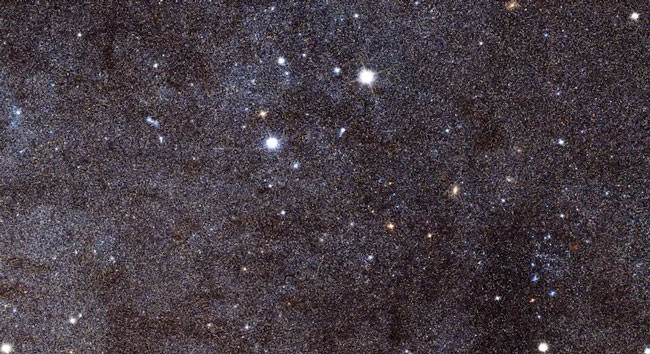A group of researchers have built the world's largest simulation of the universe, containing around 25 billion virtual galaxies. The simulation could help in the search for mysterious dark matter. Astronomers from the University of Zurich spent the last three years building a simulation of the universe to run on the university's supercomputer.
The simulation itself took around 80 hours to run, and generated 2 trillion digital particles.
Primarily, the simulation is designed to study the dark matter that makes up most of the matter in the universe. Dark matter does not emit or reflect light so it's impossible to see with our digital and advance telescopes. The only reason we even know it's there is by measuring the gravitational effects it produces.
In order to better understand what dark matter looks like and how it behaves, the Zurich researchers built their computer simulation to model it. The researchers started with 2 trillion dark matter particles and modeled how they'd clump together over the lifetime of their digital universe. The result ? A network of dark matter clumps connected by thin dark matter strings.

In the image above (top), those dark matter clumps are visible in yellow, while the surrounding dark matter threads are represented in grey. Those clumps are where galaxies like the Milky Way eventually formed billions of years ago.
This simulation will be used by the European Space Agency's Euclid spacecraft, which will attempt to create a map of our universe's dark matter. When Euclid launches in 2020 it will image billions of galaxies and measure the subtle distortions in their light caused by the gravitational pull of dark matter. It will be like trying to spot a window by noticing the difference in light while looking through it.
The dark matter simulation conducted by the researchers at Zurich is an important tool to help the Euclid mission by giving scientists an idea of what to expect.

Once Euclid launches in 2020, scientists can use the satellite's data to turn a simulation of the universe into a highly accurate map of the universe.
Once we have that map, we might be able to finally figure out what dark matter really is.
Source: University of Zurich
